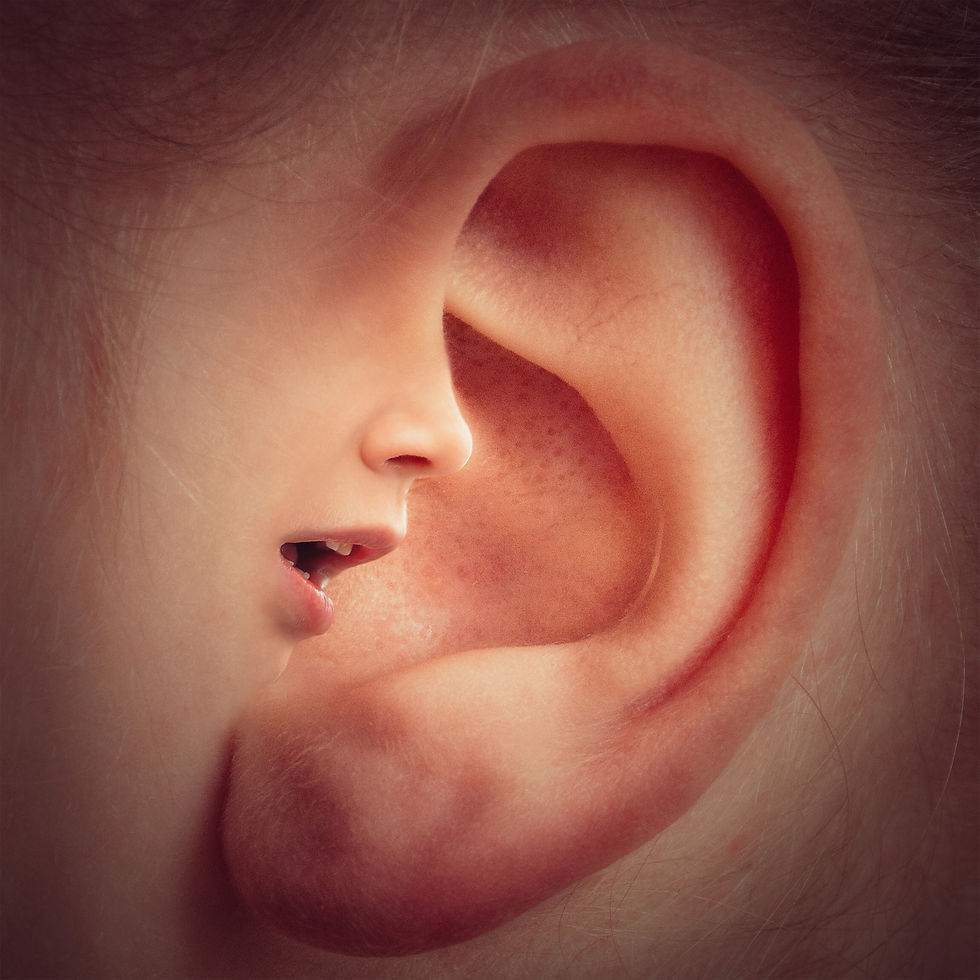
Anyone who’s taken even a cursory look at the topic of deception within the psychological literature will understand that there is no single ‘magic bullet’ to detect lies from an individual. Whether this is the notorious ‘eye aversion’ or suspicious ‘body movements’ these are only reliable if one understands a baseline behaviour of an individual.
Thus, there can exist a huge chasm between what the public understands about lie detection and the efficacy of various methods as indicated by the research. Part of the issue, is the lack of disclaimers in certain popular ‘psychology’ books on topic like non-verbal communication.
Despite these troubles, research into lie detection is continuing and some of the research is more promising than other research.
One interesting critical review (Brennen and Magnussen, 2022) of the verbal cues to deception will now be summarised in brief with a link to the full article which will appear at the end.
The overall sense I got from this article was that the authors certainly were critical of a lot of the research that existed on verbal cues to deception but not unfairly so. There are in the article words of precautionary wisdom, and advice to refrain from implementing unsound or even apparently sound lie detection methodologies too soon given the high stakes within the law.
The authors took a look at four different techniques that seemed to be the most promising, but also indicated another approach that is already used that seemed to be effective.
One method already used is to allow an interviewee free rein to give an account whilst keeping discovered evidence quiet right up until the investigators could reveal it and a possible issue with the testimony given. This is the so-called SUE method (strategic use of evidence). The authors did note though that the fact that evidence is used, means that the method has a narrower range of applicability than other methods, though this ‘weakness’ may also be a strength considering that facts in the form of evidence mean it does possess a dynamic form of method within an interview.
One issue raised about the efficacy of a given approach is that a high percentage rate of catching a lie does not automatically render the method useful in a forensic context. The reason is that, a high percentage rate still implies a high false positive rate in which a person telling the truth may be falsely assumed to be deceitful.
Conclusion:
I have only barely scratched the surface for this brief summary, so I would encourage readers to go back to the original article to assess the verbal cues to deception. Also, the authors present a balanced overview of the research and suggest where and how the various methodologies might be used.
References:
Brennen T and Magnussen S (2022) The Science of Lie Detection by Verbal Cues: What Are the Prospects for Its Practical Applicability? Front. Psychol. 13:835285. doi: 10.3389/fpsyg.2022.835285
Image credits: ThomasWolter/Pixabay

